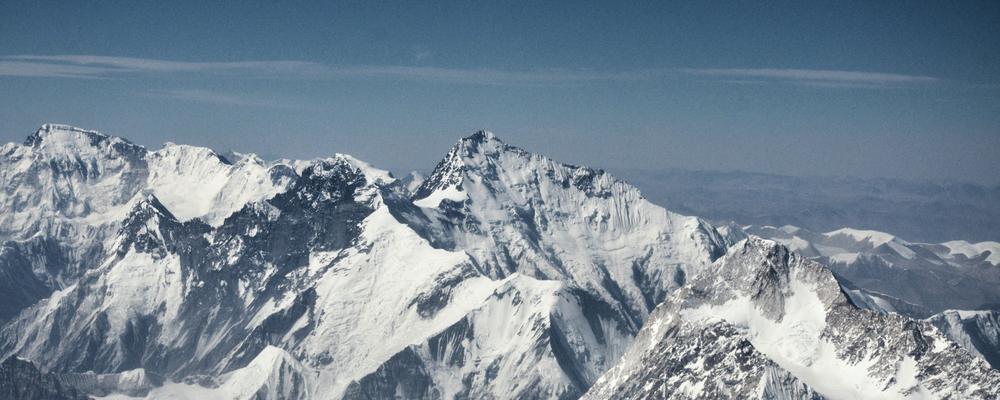About the report
The report "A Scientific Assessment of the Third Pole Environment" is the first comprehensive assessment of environmental changes in the Third Pole that aims to present the latest knowledge on climate, freshwater bodies, ecosystems and biodiversity, and human impact on the environment. The assessment started in 2019 and underlines the complex interactions between the climatic and biophysical environment of the Third Pole, including human influence and the importance of interdisciplinary research to address threats affecting this environment the Third Pole faces today and in the near future.
The Department of Earth Sciences at the University of Gothenburg is strongly involved in the international research program called the Third Pole Environment (TPE) with Professor Deliang Cheng acting as one of the co-chairs of the program. The department is host of one of the five TPE centers, where the others are located in the US, Germany, Nepal, and China.
Join the launch event
Date and time: April 28 at 9.00 and 10.30 CET
Join the launch event online here
Host
The event is hosted by the United Nations Environment Programme (UNEP) and co-organized by UNEP - International Ecosystem Management Partnership (UNEP-IEMP), International Centre for Integrated Mountain Development (ICIMOD) and the Institute of Tibetan Plateau Research of the Chinese Academy of Sciences (ITPCAS).
About the Third Pole
The Tibetan Plateau and surrounding areas is widely known as the Third Pole (TP) because it is the largest store of frozen water after the North and South poles. It is also known as the ‘Asian Water Tower’ as it provides water to over two billion people in Asia, 30 per cent of the world’s population.The area contains the largest alpine ecosystem in the world, regulates the climate, protects biodiversity and is socioeconomically important. It covers over 5 million square kilometers with an average altitude of over 4,000 meters above sea level and contains the largest ice mass outside the polar regions.
